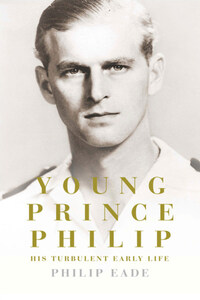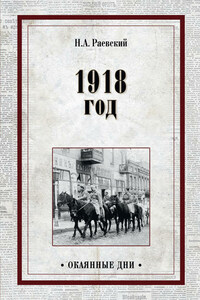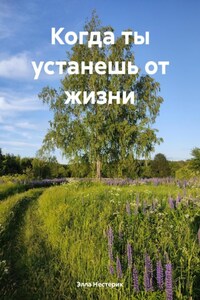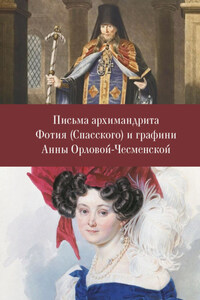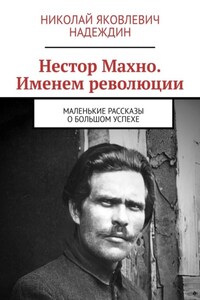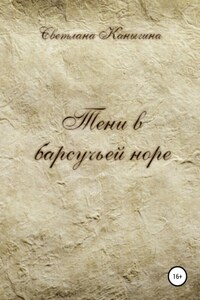The idea for this biography came a little unexpectedly from a book I briefly toyed with writing about prominent ufologists in the period just after the Second World War. In the course of cobbling together a proposal to try and persuade my sceptical agent, I was struck by the revelation in Francis Wheen’s book How Mumbo Conquered the World that Prince Philip’s equerry once went off at the prince’s bidding to meet an extraterrestrial humanoid at a house in Ealing. The equerry in question, Sir Peter Horsley, had been on the prince’s staff from 1952 until 1955, before climbing to great heights in the RAF. ‘Oh God,’ sighed an official at the Ministry of Defence when Horsley’s memoirs came out in 1997, ‘how unfortunate that the public will learn that the man who had his finger on the button of Strike Command was seeing little green men.’
For better or worse, the public also learned that, for several years in the early 1950s, Prince Philip had enthusiastically swapped UFO stories with his uncle Louis ‘Dickie’ Mountbatten, a fellow subscriber to the Flying Saucer Review, and kept himself abreast of developments in the field. According to Horsley, ‘Prince Philip was open to the immense possibilities leading to space exploration, while at the same time not discounting that, just as we were on the fringe of breaking into space, so older civilizations in the universe might already have done so’. Horsley also recalled that the prince ‘agreed that I could investigate the more credible reports provided that I kept it all in perspective and did not involve his office in any kind of publicity or sponsorship’. A number of witnesses were invited to Buckingham Palace to discuss their experiences, partly, as Horsley later explained, to ‘put them on the spot’ and to test their honesty ‘in the presence of royalty, a method as effective as any truth serum’.
This was all intriguing news to me, yet the more I read about Prince Philip, the more it became apparent that his interest in flying saucers was very far from being the most intriguing thing about him. He is, after all, famously revered as a living god by the islanders of Vanuatu in the South Pacific. More than anything, though, I was drawn to the remarkable story of his early life, which seemed to be overflowing with drama and colour – and yet there did not seem to be a particularly full or dispassionate written account of it.
I am extremely grateful to everyone who helped me in various ways with this book. At Buckingham Palace, I owe a particular debt of gratitude to Sir Brian McGrath, Prince Philip’s extra equerry. While Sir Brian never pretended that my project was especially welcome, neither was he in the least bit obstructive. On the contrary, he was very helpful in enabling interviews with Prince Philip’s friends and relations. Both he and Dame Anne Griffiths, Prince Philip’s librarian and archivist, also helped with access to various papers at Buckingham Palace, the Royal Archives and the Hesse State Archives in Darmstadt, and took the trouble to read an early draft of my manuscript and suggest corrections of fact and interpretation. It should be stressed, however, that this biography is in no sense approved or authorized, and I was therefore under no obligation to omit things and incidents that might be deemed discreditable to Prince Philip or the royal family. It was never my intention to be sniping or mean-spirited. However, I knew that for the portrait to be credible to neutral readers, some of the foibles, or perceived foibles, needed to be given an airing alongside Prince Philip’s finer qualities. I am equally confident that readers will respond more sympathetically towards him in consequence. I accept full responsibility for any errors there may be in the final version.
I am extremely grateful to all those who agreed to talk to (or correspond with) me about various aspects of Prince Philip’s early life, including, in no particular order, Countess Mountbatten of Burma, Lady Pamela Hicks, Lady (Myra) Butter, Philip Ziegler, Kenneth Rose, The Hon. Mrs Janie Spring, Captain North Dalrymple-Hamilton, Lord Gainford, The Hon. Mrs Sarah Baring, The Dowager Countess of Cromer, Lady Macmillan, Lady Margaret Stirling-Aird, the Dowager Duchess of Devonshire, The Hon. Mrs (Oliver) Dawnay, Robin Dalton, Daphne Davie (née Brock), Major General David Alexander, Air Vice-Marshal Sir John Severne, Patrick Kidner, Sir Jeremy Chance, Clive Stewart-Lockhart, Landgrave Moritz of Hesse, Prince and Princess Ludwig of Baden, Professor Max Boisot, Peter Saunders, Leading Signalman Ted Longshaw, Lester May, Jimmy Taylor, John Wynne and the late Lord (Aubrey) Buxton.
